What comes to your mind when you think of HR services? Onboarding and recruitment? Or query handling? Or is it something entirely different? Whatever your answer might be, in all probability it won’t cover the broad ambit of HR services.
Right from the time an employee applies for a job with you to the moment they quit and eventually leave, the HR department lends its services at every point in the employee life cycle. Now, considering how important employees are to every organization, the HR service delivery model that you choose and implement can very much decide whether or not you remain afloat.
Sounds like a difficult call to make, we know. And that’s exactly what this blog is here to help you with. Read on to ensure you make an informed choice.
First things first: what exactly is HR Service Delivery?
As a term, HR Service Delivery stands for how an organization’s HR department decides to give out their services and interacts with employees. Be it handling employee queries, watching out for signs of disengagement, helping employees with paperwork, or just generally maintaining a work culture conducive to growth, the HR department offers a wide variety of services. Traditionally, most organizations followed a system where employees could simply walk up to the HR department and resolve their queries and grievances. However, with the evolution of the workplace, a few other HR service delivery models have come around.
Obvious next question: what are the different HR service delivery models?
There are three different HR service delivery models that you can choose from.
Centralized or generalist model

This traditional HR service delivery model relies on a central team or department where all employee queries and grievances are routed. Most of these requests are received through email or phone and are then resolved as per priority guidelines.
Multi-tiered model
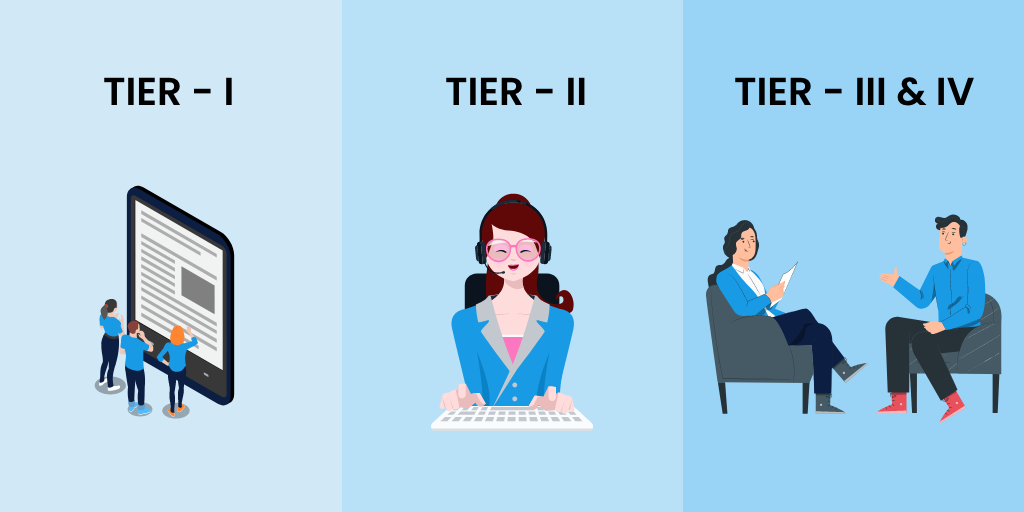
A slightly more modern approach, this model relies on three different tiers to resolve a query or grievance. Tier 0 sends employees through an intranet-based HR helpdesk or self-service portal to find information on their own, Tier 1 usually involves an HR Shared Service center, and Tiers 2 and 3 get subject matters experts such as HR Business Partners on board. The number of tiers can vary between organizations; while some choose to keep only up to Tier 2, others might have a Tier 3 available for highly complex cases.
Outsourcing model
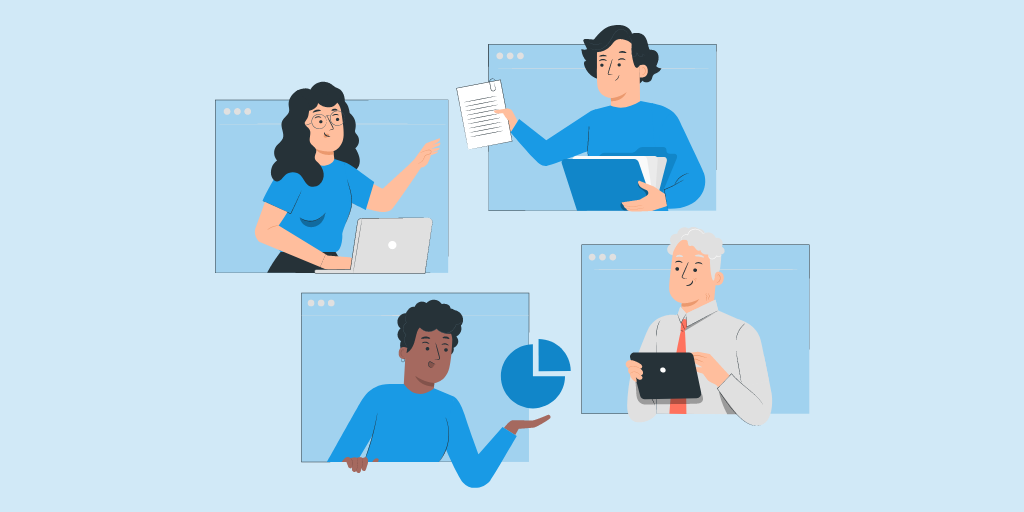
Commonly used by SMEs, this model allows organizations to avail of HR services from a third-party provider. Depending on need, one could outsource all HR functions or a select few. Shared services and HR BPO are the most common types of outsourcing. Most tasks that are not critical and do not need one to share confidential information are the ones that get outsourced.
Which model should one go for?
Before we go on with this section, it is essential to understand that HR service delivery is not a one-size-fits-all equation. Organizational needs vary immensely and you will invariably have to take that into account when choosing a model that works for you. Therefore, it is nearly impossible to enlist one model as an ideal that you can follow to ensure your HR department remains productive and efficient.
Why then have we kept this section? To tell you the pros of every model and then leave it to you to decide which best aligns with your needs.
Pros of the generalist or centralized model
Albeit traditional, this is also the most tried and tested HR service delivery model. If you have the finances to hire a whole department dedicated to your employees’ everyday needs and queries, this model is tailor-made for you. It also allows human contact and employs trained HR personnel to spot employee dissatisfaction purely through interaction with employees, thereby flagging issues before it is too late.
Pros of the tiered model
Since this model is majorly based on self-service and helpdesks, it takes a significant load off of managers. It equips employees to resolve their queries or find most of the information they need simply through an intranet-based portal. Only the queries that do not get resolved at Tier 0 are then sent ahead to subject matter experts, thereby ensuring centers of excellence do not waste their time on administrative tasks. Aside from helping you save costs, this model might be highly beneficial in ensuring HR personnel’s time is used in a lot more than mundane tasks and that employees are mostly able to resolve queries independently.
Pros of the outsourcing model
An excellent choice for SMEs and enterprise-level companies alike, the best part of this model is that you can choose which processes you would like to outsource. The functions that are critical and involve the exchange of confidential data can remain with your internal HR department, while the others can be outsourced. This is also an excellent option for organizations that are not looking towards an immediate investment in any sort of HR automation or HR technology.
On a closing note, why pay attention to HR service delivery?
Employees nowadays expect the same experience at their workplace as the ones they receive when they are customers. Like customer service, it is essential to customize HR services as per the needs of employees.
Combining an efficient service delivery model with a system to track whether or not employees are happy with the query resolution could help. It is also essential to revisit your HR service delivery strategy at a fixed interval and ensure it keeps evolving as per the needs of your employees.
Here’s hoping this article helps you decide what HR service delivery model would work for your organization and how to implement it to ensure optimum adoption.



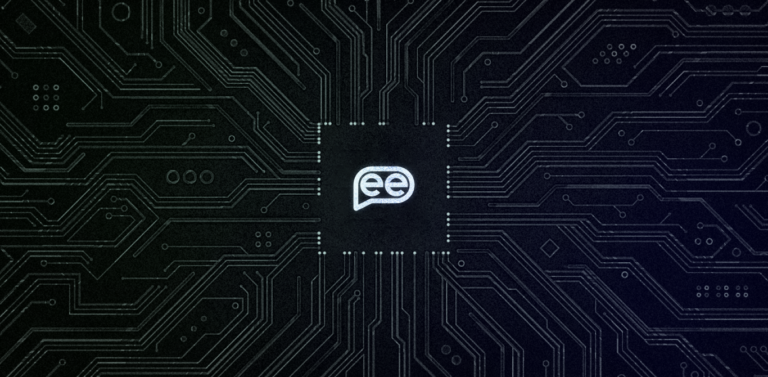
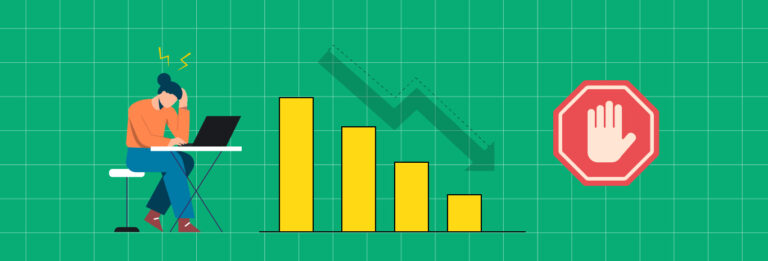

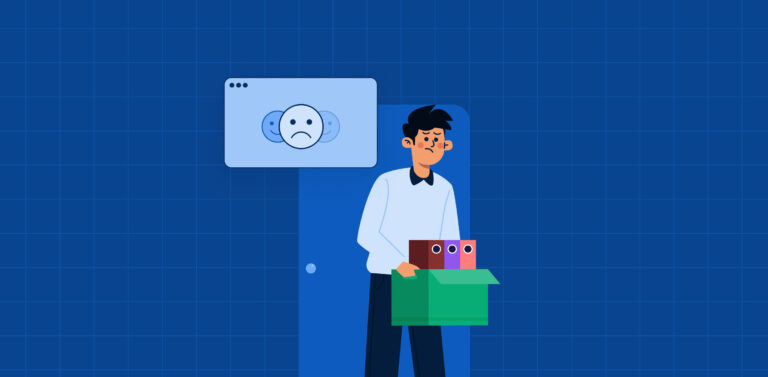
1 Comment